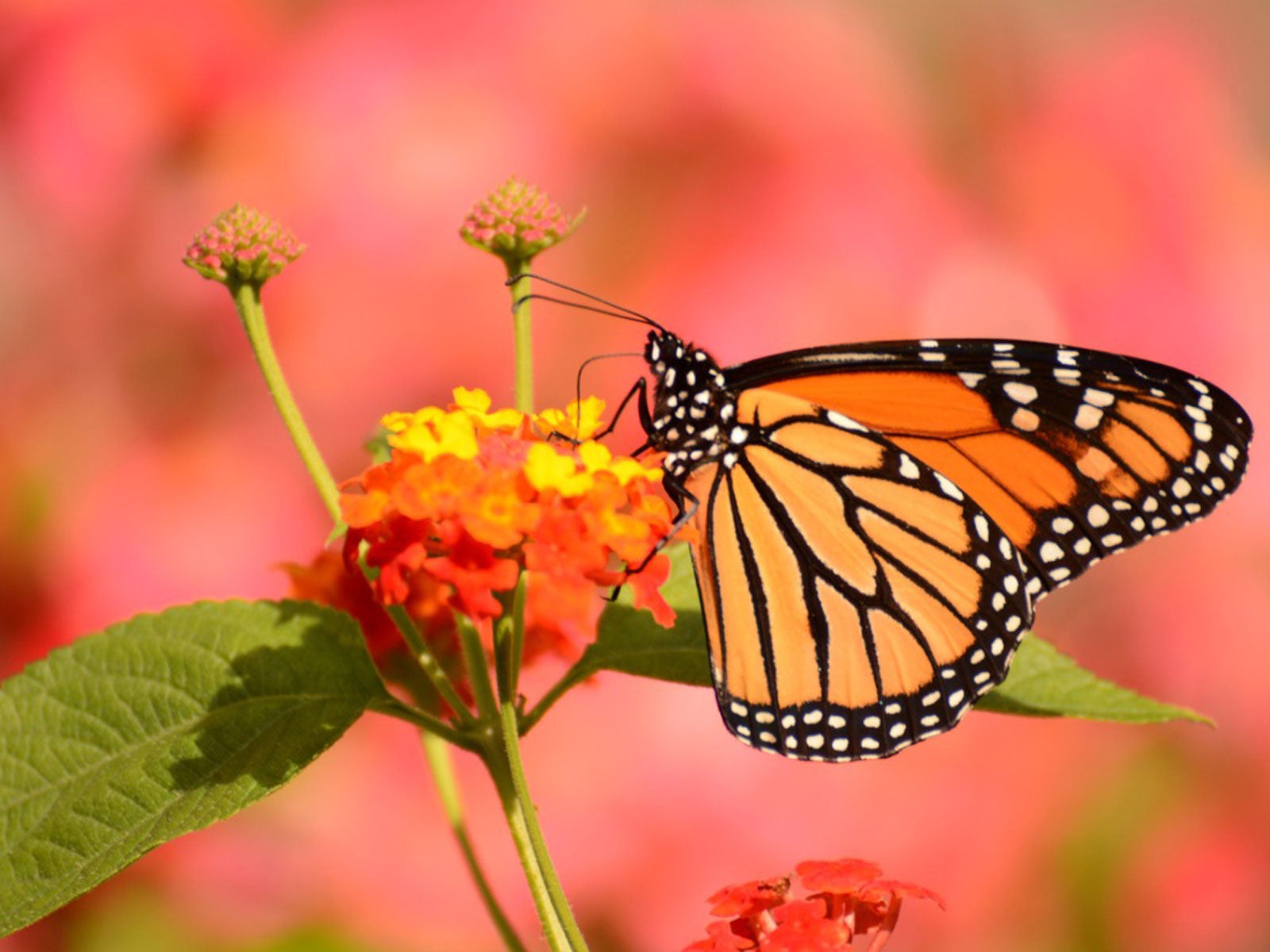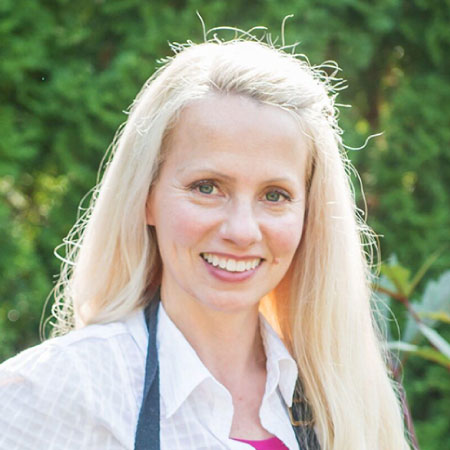Flowers for a Fall Fueling Station - Annuals and Perennials That Can Help Fuel Butterfly Migration


Every year a mass migration of exquisite butterflies takes place. These are the Monarchs, whose epic travel is the stuff of odes. As gardeners, we can help make that migration successful, helping to preserve the species and ease their journey. The Monarch butterfly migration may span over 2,500 miles, a trek fraught with danger and requiring fuel stations replete with pollinator plants to replenish the insects' reserves.
Providing a garden habitat rich with butterfly food speeds their trip and ensures their successful return to lay eggs and produce future generations. Herbs, native flowering plants, annuals, and perennials that attract butterflies will create a beautiful garden and take care of these endangered butterflies' needs.

If you’re intrigued and would like to learn more, please consider signing up for our expert course in supporting Monarch butterflies over on the Gardening Know How Learning Channel. And while you're at it, keep reading for tips on how to grow your own Monarch Butterfly Fall Fueling Station.
The Basics on a Fall Feeding Station
Monarch butterfly adults will feast on many species of nectar-bearing flowers. Butterfly garden design should focus on not only providing a diversity of blooms, but also cover, host plants for young, and resting sites. The basic requirements for attractive plants are 6 hours of sun per day, well draining soil, and a diversity of plant species. The first steps to supporting Monarch butterfly migration are:
- Chose a suitable site
- Ensure shelter for the butterflies
- Plant milkweed
- Install a variety of nectar plants
- Plan on management needs such as deadheading and watering
While adults are less picky, Monarch larvae feed solely on milkweed, a plant that has been diminishing in nature due to herbicide use and human development.
A certified Monarch Waystation must include at least three native milkweed varieties, as well as three native nectar plants. Organizations such as your local extension office, Monarch Watch, and the National Wildlife Federation can help with plant choices. Some of the milkweeds that are important to include are:
- Common milkweed
- Showy milkweed
- Swamp milkweed
- Tropical milkweed
- Butterfly weed
- Spider milkweed
Perennials That Attract Butterflies
A diversity of plants is more likely to attract butterflies and other pollinators. Perennials provide annual food sources which do not require replacing. Many of our most beautiful ornamental perennials are attractive to butterflies. Hues of orange, red, pink, purple, and yellow catch the eye of the insects. They tend to eschew any green blooms. Flower shape is also important. Those with a flat top or that grow in clusters seem to be preferable to Monarchs. Perennial herbs such as chives will bring in the butterflies with their splashy pink blooms. Other perennials that lure Monarchs are:
Sign up for the Gardening Know How newsletter today and receive a free copy of our e-book "How to Grow Delicious Tomatoes".
- Wallflower
- Salvia
- Hyssop
- Aster
- Joe Pye Weed
- Liatris
- Phlox
- Bergamot
- Vervain
- Goldenrod
Native Plants for Monarchs
Native plants are by far the best butterfly food. And best of all, they are easy to grow in their native range. Native plant nurseries will be filled with suggestions on blooming indigenous plants. These natives are already adapted to the local conditions and will require far less care than imported or bred ornamentals. Some are perennials, but others will reseed themselves, providing year after year pollinator food.
- Echinacea
- Helianthus
- Sedum
- Gaillardia
- Lobularia
- Erysimum
- Agastache
- Lobelia

Heather Andrews is a published author, an astute photographer, and an avid expert gardener. She spends much of her time helping people create sustainable gardens as a way to attract wildlife, support pollinators and increase vegetable yield using native plants.